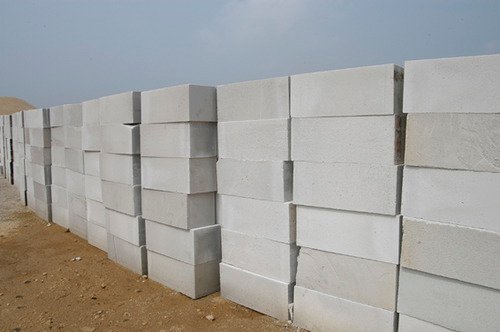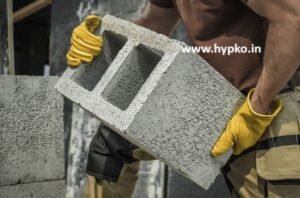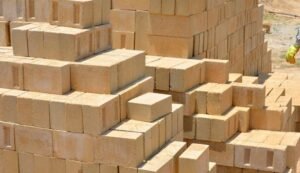AAC Blocks: An Introduction:
AAC (Autoclaved Aerated Concrete) blocks are a popular building material in the construction industry. Made from natural raw materials such as sand, cement, lime, gypsum, and aluminum powder, AAC blocks are known for their lightweight, high strength, and excellent insulation properties. In this article, we’ll delve deeper into what AAC blocks are, their benefits, and why they’re gaining popularity in the construction industry.
What are AAC Blocks?
AAC blocks are a type of precast building material that are used in the construction of walls, floors, and roofs. The blocks are made by mixing sand or fly ash, cement, lime, gypsum, and aluminum powder with water, which then undergoes a process of curing under high temperature and pressure in an autoclave. The result is a lightweight, porous, and strong building material that is resistant to fire and pests.
Benefits of AAC Blocks:
There are several benefits of using AAC blocks in construction projects:
Lightweight: AAC blocks are lightweight, which makes them easy to handle and install. This reduces the overall construction time and labor costs.
High Strength: Despite being lightweight, AAC blocks have excellent compressive strength, which makes them suitable for use in load-bearing structures.
Thermal Insulation: AAC blocks have excellent thermal insulation properties, which helps to reduce energy consumption and lower heating and cooling costs.
Sound Insulation: AAC blocks have excellent sound insulation properties, which makes them suitable for use in buildings located in noisy areas.
Fire Resistant: AAC blocks are non-combustible and do not release any toxic gases when exposed to fire. This makes them a safe building material to use in high-risk areas.
Pest Resistant: AAC blocks are not affected by pests such as termites and ants, which reduces the need for pest control measures.
Environmentally Friendly: AAC blocks are made from natural raw materials and do not emit any harmful gases or chemicals during production. They can also be recycled after use, which reduces the impact on the environment.
Why AAC Blocks are Gaining Popularity:
AAC blocks are gaining popularity in the construction industry due to their numerous benefits. The lightweight nature of AAC blocks reduces the amount of concrete needed for construction, which results in lower transportation costs and a smaller carbon footprint. Additionally, the thermal insulation properties of AAC blocks help to reduce energy consumption and lower heating and cooling costs, which is an important factor in today’s environmentally conscious world.
Furthermore, AAC blocks are versatile and can be used in a variety of construction projects. They can be used in load-bearing and non-load bearing walls, as well as in floors and roofs. They are also easy to work with and can be cut, drilled, and shaped according to the specific needs of the project.
Conclusion:
AAC blocks are an excellent building material that offers numerous benefits over traditional construction materials. They are lightweight, high strength, thermally and sound insulated, fire and pest-resistant, and environmentally friendly. As a result, AAC blocks are gaining popularity in the construction industry and are being used in a variety of construction projects. If you’re considering a construction project, consider using AAC blocks as a sustainable and cost-effective building material.



